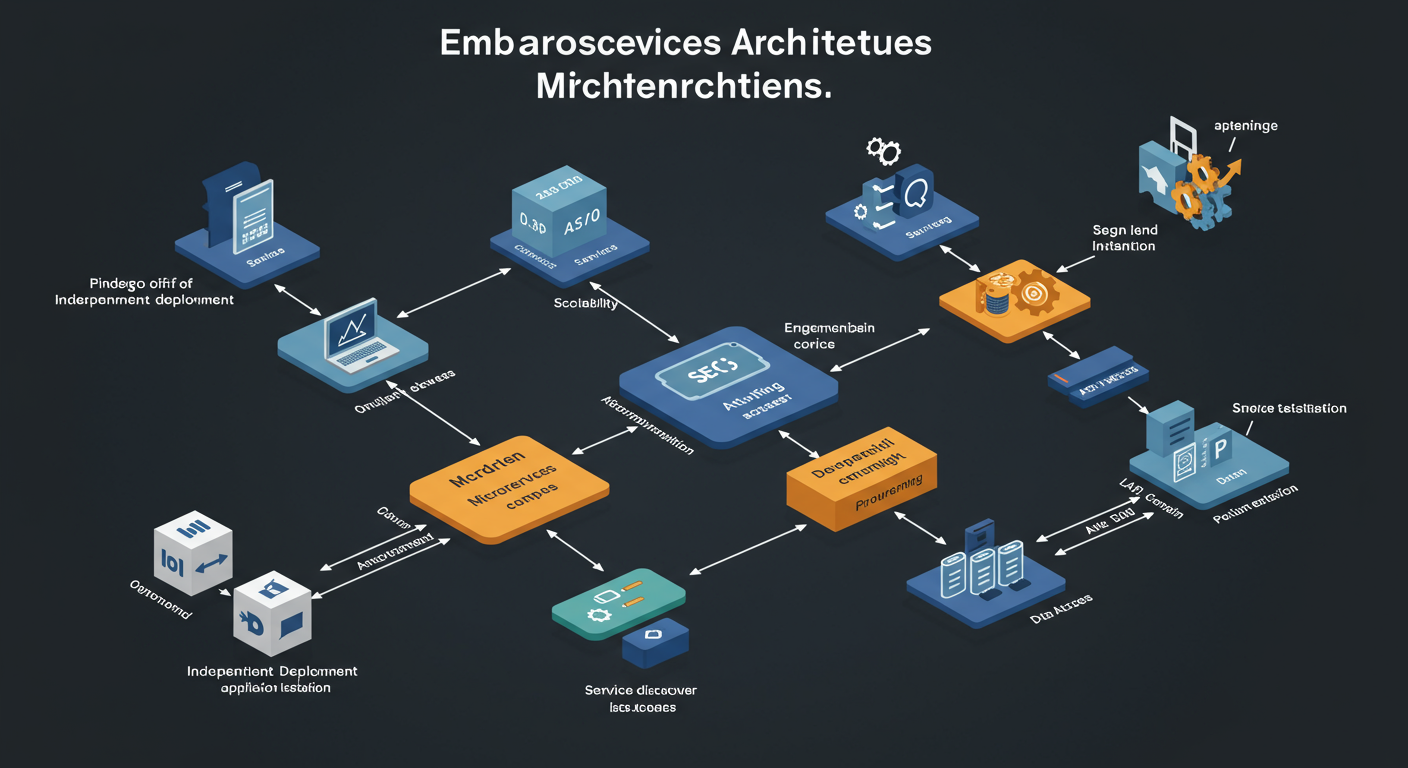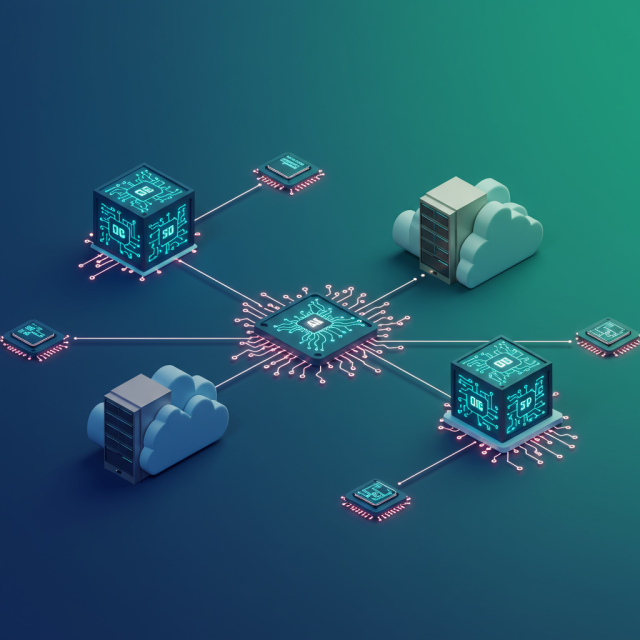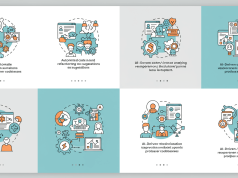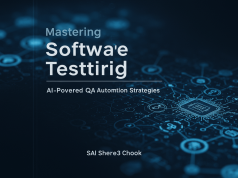The software industry is in constant flux. Emerging technologies, shifting user expectations, and rapid release cycles demand architectures that can adapt without sacrificing performance or stability. In 2025, the trifecta of microservices, cloud-native platforms, and AI-driven design offers a roadmap to resilient, scalable systems. By combining granular service decomposition with elastic infrastructure and intelligent automation, engineering teams can build applications that evolve gracefully under load, feature new capabilities quickly, and leverage data to make smarter decisions at runtime. This guide explores the core principles, best practices, and real-world considerations for architecting the next generation of software solutions.
Embracing Microservices Architecture

Microservices break a monolith into discrete, independently deployable services that each focus on a single business capability. This approach improves maintainability, enables faster iterations, and allows teams to choose the right tech stack for each service. Key benefits include:
- Scalability: Scale individual services instead of the entire application, optimizing resource usage.
- Resilience: Isolate failures to prevent cascading outages.
- Polyglot Flexibility: Adopt different languages, frameworks, or databases per service.
- Team Autonomy: Smaller codebases and CI/CD pipelines for rapid delivery.
To succeed, invest in robust API design, service discovery, and a centralized registry. Use protocols like HTTP/REST or gRPC for communication, and adopt event-driven patterns for asynchronous workflows. Container orchestration platforms such as Kubernetes become critical for managing deployment, scaling, and health checks across dozens or hundreds of microservices.
Leveraging Cloud-Native Platforms
Cloud-native isn’t just about running on public clouds; it’s about building systems that fully exploit dynamic infrastructure, automated operations, and on-demand elasticity. Key cloud-native principles include:
- Immutable Infrastructure: Treat servers or containers as disposable; replace rather than patch.
- Declarative Configuration: Define desired state in code (Infrastructure as Code).
- Auto-scaling: Automatically adjust capacity based on real-time metrics.
- Serverless Functions: Offload event-driven compute tasks to FaaS platforms.
Cloud providers offer managed databases, message queues, and monitoring services that reduce operational burden. By coupling microservices with managed cloud services, teams can focus on business logic rather than platform plumbing. Ensure portability by leveraging containers and Kubernetes, allowing multi-cloud or hybrid-cloud deployments to avoid vendor lock-in.
Integrating AI-Driven Design
Artificial Intelligence isn’t just a feature—it can shape architecture itself. AI-driven design involves using machine learning models to optimize performance, predict failures, and automate decision-making. Representative use cases include:
- Intelligent Routing: Route requests to the least loaded or most suitable service endpoint.
- Adaptive Scaling: Predict traffic spikes and pre-scale resources.
- Anomaly Detection: Monitor logs and metrics to detect unusual patterns.
- Personalized Experiences: Deliver content based on real-time user behavior.
Integrate AI services via event streams (Kafka, Pulsar) or RESTful APIs. Maintain model lifecycle pipelines (training, evaluation, deployment) with MLOps tools. Architect for explainability and data privacy, ensuring AI modules have access to clean, representative data and robust feedback loops.
Ensuring Observability & Monitoring
With distributed, dynamic systems, traditional logging isn’t enough. Observability—comprising metrics, logs, and traces—provides end-to-end visibility. Implement:
- Distributed Tracing: Tools like Jaeger or Zipkin to follow requests across services.
- Metrics Collection: Prometheus and Grafana for real-time dashboards and alerts.
- Structured Logging: JSON logs for easier querying and correlation.
- Health Checks: Liveness and readiness probes for automated recovery.
An effective observability strategy reduces mean time to detection (MTTD) and mean time to resolution (MTTR). Automate alerting thresholds with anomaly detection to minimize false positives, and integrate with incident management platforms to orchestrate responses.
5. Security & Compliance by Design
Security must be baked into every layer. Adopt DevSecOps practices to shift left on security, ensuring vulnerabilities are found and fixed early. Core measures include:
- Zero Trust Networking: Enforce authentication and authorization per service communication.
- Encrypted Data in Transit & At Rest: TLS for APIs; disk encryption for storage.
- Automated SAST & DAST: Scan code and running applications continuously.
- Secrets Management: Vault or managed KMS for keys and credentials.
Ensure compliance requirements (GDPR, HIPAA, SOC 2) are addressed through audit logs, data retention policies, and regular penetration tests. Treat security incidents as learning opportunities to harden your architecture further.
DevOps & CI/CD Automation
Rapid, reliable delivery hinges on automated pipelines. Key CI/CD best practices include:
- Pipeline as Code: Store build and deploy definitions alongside source code.
- Shift-Left Testing: Integrate unit, integration, and security tests early.
- Canary & Blue/Green Deployments: Reduce risk with incremental rollouts.
- Automated Rollbacks: Trigger corrections on failed health checks.
Leverage GitOps practices, where the desired system state is stored in Git, and operators automatically reconcile the live environment. This approach provides auditability, reproducibility, and a single source of truth.
Best Practices & Anti-Patterns
To maximize architecture health, follow these guidelines:
- Design for Failure: Assume services will fail; implement fallbacks and circuit breakers.
- Keep Contracts Stable: Version APIs to avoid breaking clients.
- Automate Everything: Manual steps lead to errors and drift.
- Avoid Shared Datastores: Each service should own its data to minimize coupling.
Common pitfalls include microservice sprawl without governance, premature optimization of resource usage, and neglecting observability until after production issues arise. Regular architecture reviews, cross-team knowledge sharing, and a culture of continuous improvement counteract these risks.
Real-World Case Study: E-Commerce Platform
Consider an online retailer that migrated from a monolith to a microservices-based, cloud-native architecture with AI-driven recommendation engines. By decomposing checkout, catalog, and inventory into separate services, they reduced deployment times from hours to minutes. Auto-scaling policies driven by traffic forecasts ensured smooth Black Friday operations, while anomaly detection alerted teams to payment gateway latencies before customers noticed. The DevOps pipeline delivered daily releases with zero downtime, and security-as-code prevented misconfigurations that previously led to outages. Within six months, page load times improved by 40%, checkout conversion rose by 15%, and operational costs dropped by 25% due to efficient resource utilization.
Conclusion
Architecting software for the future is less about predicting tomorrow and more about building systems that can adapt to whatever tomorrow brings. It starts with breaking down monoliths into nimble microservices, embracing cloud-native practices for effortless scalability, and weaving AI into the fabric of your applications to make them genuinely intelligent. But technology alone isn’t the answer—it’s how you bring it all together. This is where Unlocking Developer Efficiency with AI-Powered Code Generation plays a pivotal role, empowering your teams to iterate faster and focus on high-value problems instead of boilerplate code. When you combine this with rigorous observability, security baked in from the start, and fully automated pipelines, you create an environment where innovation isn’t just possible—it’s repeatable and scalable. As we move through 2025, organizations that embrace this holistic approach won’t just keep up with change; they’ll lead it, delivering reliable, high-performance software that delights users while optimizing costs and accelerating time-to-market.








